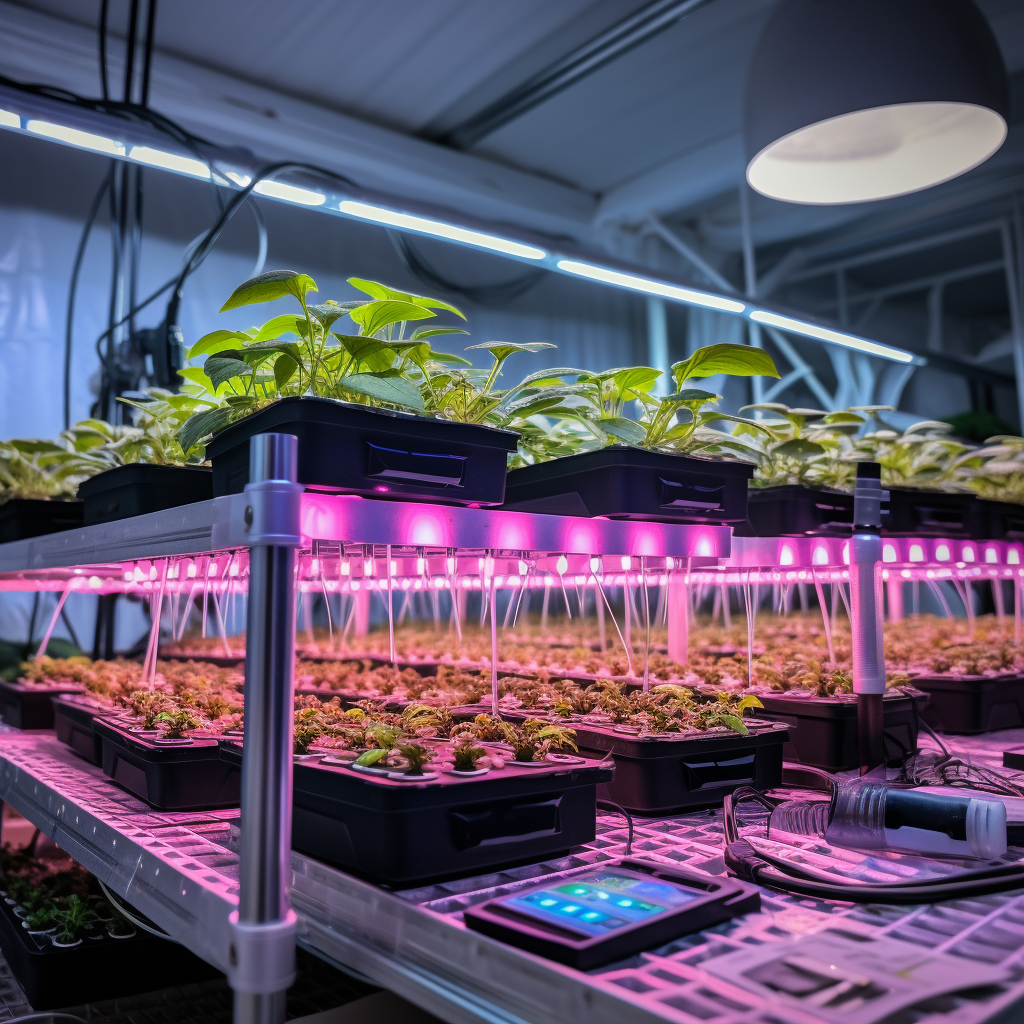In the intricate ecosystem of indoor gardening, the longevity and efficiency of every component count, including the often-overlooked extension cords. The lifecycle of an extension cord in grow light setups is a critical aspect that directly impacts the safety, performance, and cost-effectiveness of your indoor garden. This blog post delves into the factors affecting the lifespan of extension cords, how to maintain them, and when to consider replacing them to ensure your grow lights continue to nurture your plants effectively.
Understanding the Lifecycle of Extension Cords
Extension cords, just like any other component in your grow light setup, undergo wear and tear. Their lifespan can be influenced by several factors:
- Quality of the Cord: Higher-quality cords with robust construction and materials are designed to withstand the demanding conditions of grow rooms and last longer.
- Electrical Load: Cords carrying loads near or at their maximum capacity tend to degrade faster due to the stress on the wires and insulation.
- Environmental Conditions: Exposure to high humidity, fluctuating temperatures, and corrosive elements can accelerate the deterioration of extension cords.
- Handling and Usage: Frequent plugging and unplugging, bending, or stretching can cause physical damage to cords, shortening their lifespan.
Maximizing the Lifespan of Extension Cords
To ensure your extension cords serve your grow light setup effectively for as long as possible, consider the following maintenance tips:
- Choose the Right Cord: Select a cord that is rated for the power requirements of your grow lights and is suitable for the environmental conditions of your grow room.
- Regular Inspections: Check cords for signs of damage, such as fraying, cuts, or exposed wires. Also, look for any signs of overheating, such as discoloration or a burnt smell.
- Proper Storage: When not in use, store cords loosely coiled in a cool, dry place. Avoid hanging cords from nails or hooks, which can stress the cords and cause damage.
- Avoid Overloading: Never exceed the amperage rating of your extension cord. Overloading can lead to overheating and significantly shorten the cord’s lifespan.
- Minimize Exposure to Harsh Conditions: If possible, protect cords from extreme temperatures, moisture, and chemicals commonly found in grow rooms.
Recognizing When to Replace Extension Cords
Even with the best care, extension cords won’t last forever. Here are signs that it’s time to replace your cords:
- Visible Damage: Any sign of fraying, cracking, or other physical damage is a clear indicator that the cord should be replaced.
- Intermittent Power or Overheating: If your grow lights flicker or the cord becomes hot to the touch, it may indicate internal damage or that the cord can no longer handle the load.
- Change in Performance: If your grow lights seem dimmer or less effective and you’ve ruled out issues with the lights themselves, the extension cord might be the culprit.
- Age: Even if there’s no visible damage, consider replacing cords every few years, depending on their usage and environmental conditions, as a preventive measure.
In conclusion, the humble extension cord is a critical but often underestimated component in grow light setups. Understanding, maintaining, and timely replacing your extension cords can lead to safer, more efficient operations and contribute to the overall success of your indoor garden.
Remember, every element of your setup, from the brightest grow light to the smallest extension cord, plays a vital role in nurturing your plants. If you’re looking for high-quality, durable extension cords or need advice on optimizing your grow light setup, feel free to contact WiringLabs. Let’s grow together, safely and efficiently!
